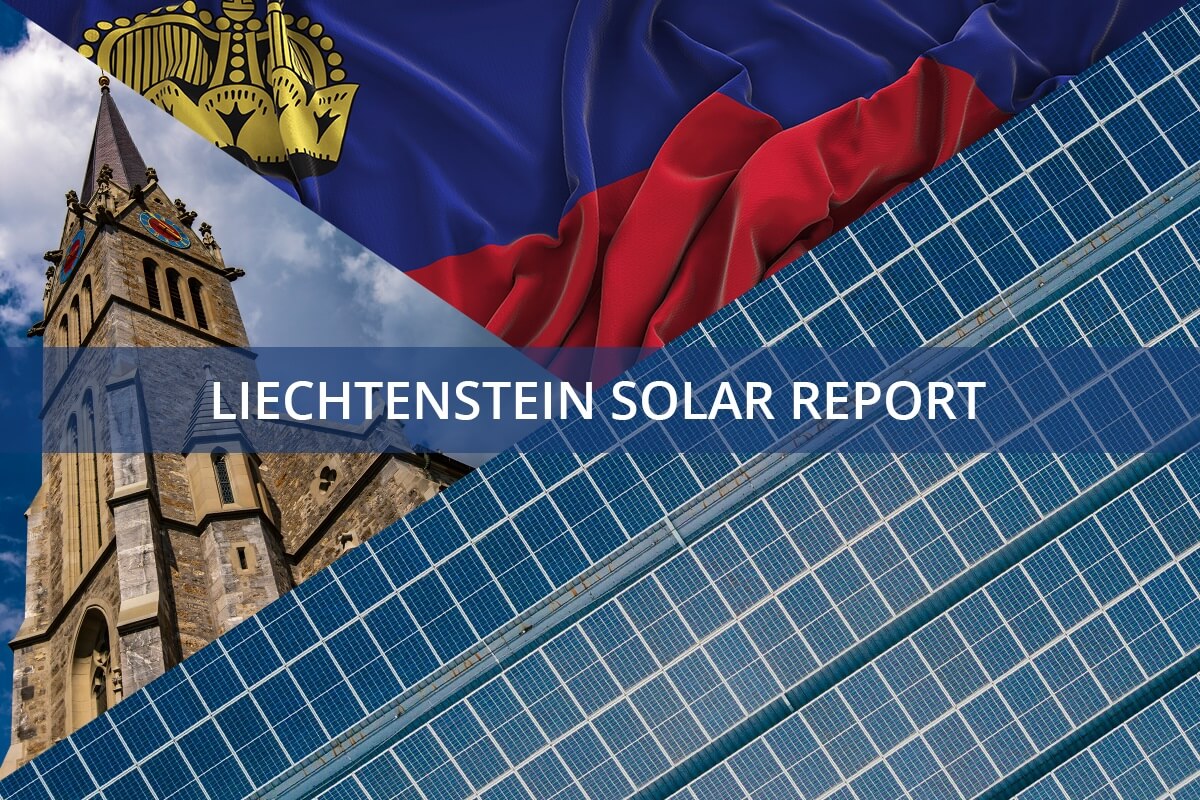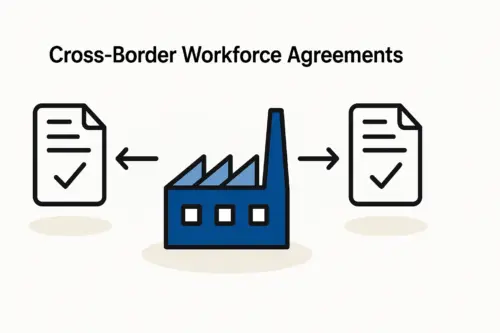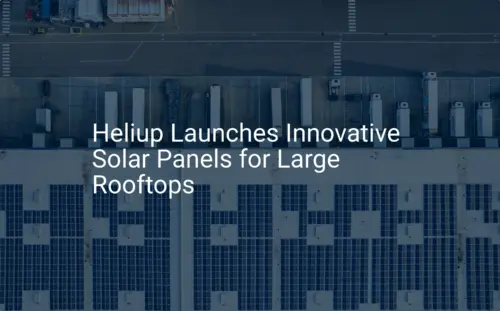An entrepreneur establishing a new manufacturing facility often focuses on capital expenditures: the cost of machines, the building, and the initial workforce. However, one significant, recurring operational cost is easily underestimated—the monthly electricity bill.
For an energy-intensive operation like a solar panel production line, this expense isn’t just a matter of consumption; it’s heavily influenced by complex tariff structures and the reliability of the local power grid. Understanding these factors is not a secondary concern—it is fundamental to financial modeling and long-term profitability. This article uses the high-cost, high-stability environment of Liechtenstein as a case study to break down the components of industrial energy costs and explore strategies for managing them, offering principles applicable to any region.
Deconstructing the Industrial Electricity Bill
Unlike a residential bill, an industrial electricity tariff includes several components that can dramatically alter the final cost. A factory owner budgeting only for per-kilowatt-hour (kWh) consumption is likely to be surprised by the size of the first invoice.
Using the 2024 tariffs from Liechtensteinische Kraftwerke (LKW) as an example, a typical industrial bill includes:
-
Energy Charge (per kWh): This is the charge for the actual electricity consumed. It often varies, with a higher price during peak business hours (High Tariff, or HT) and a lower price at night and on weekends (Low Tariff, or NT). In Liechtenstein, the daytime HT is over 50% more expensive than the nighttime NT.
-
Power or Demand Charge (per kW): This charge is not based on total consumption but on the highest peak of power drawn from the grid within a short period (e.g., 15 minutes) during the billing cycle. Starting multiple large machines at once can create a high peak, triggering a significant charge that applies for the entire month, regardless of overall consumption. For a larger consumer in Liechtenstein, this fee is 11.50 CHF per kilowatt of peak demand, meaning a single 100 kW spike could add 1,150 CHF to the monthly bill.
-
Grid Usage Fees: A fixed per-kWh cost to cover the maintenance and operation of the electrical grid infrastructure.
-
Governmental and Communal Levies: Taxes and fees applied to every kWh consumed to fund renewable energy initiatives or support local infrastructure.
These distinct elements mean that when and how a factory uses electricity is just as important as how much it uses. Understanding these cost factors is essential when calculating the initial investment for a solar panel factory, as they directly influence the operational budget for years to come.

Ready to make big Profits?
The solar Industry is Booming
WE HELP NEWCOMERS to the solar industry start their own solar module production line. Customers can make BIG PROFITS by selling modules and finding investors, without wasting money and time on things they don't need!
The Critical Importance of Grid Stability
For any continuous manufacturing process, the reliability of the power supply is paramount. Unplanned power outages can lead to production stoppages, wasted raw materials (e.g., curing agents in a laminator), and potential damage to sensitive electronic equipment.
Grid stability is often measured using the System Average Interruption Duration Index (SAIDI), which calculates the average outage duration for each customer over a year.
Liechtenstein boasts one of the most stable grids in the world, with a SAIDI of just 13 minutes in 2022. This exceptional reliability is supported by a robust domestic grid and redundant high-voltage connections to the larger, stable networks of Switzerland and Austria.
This level of stability, however, is not the global standard. In many emerging markets where new solar factories are being built, the grid can be less reliable, with SAIDI figures measured in hours or even days. For an investor in such a region, the risk of frequent downtime becomes a critical business variable that must be managed through backup power systems or other strategic measures.

Strategic Cost Management for a Solar Production Line
Awareness of tariff structures and grid conditions allows a factory operator to shift from being a passive energy consumer to an active manager of this key operating expense.
Optimizing Production Schedules
The significant price difference between High Tariff (HT) and Low Tariff (NT) periods presents a clear opportunity for cost savings. Energy-intensive processes within solar module production, such as the lamination cycle or the initial heating of furnaces, can be strategically scheduled. By shifting these operations to evening or weekend NT periods, a factory can substantially reduce its energy costs without altering its total output.
Managing Peak Demand
The power or demand charge effectively penalizes concentrated energy use. A simple operational change, like staggering the start-up of large machines by 15-20 minutes each, can prevent a simultaneous power draw and keep the monthly peak demand low. This requires no capital investment, only procedural discipline, yet it can save thousands of dollars annually.
The Role of On-Site Solar Generation
Perhaps the most effective long-term strategy is on-site electricity generation. By installing a photovoltaic (PV) system on its roof, a factory can produce its own clean electricity during the day.
This approach, known as self-consumption, offers several key advantages:
-
Cost Reduction: On-site generation directly offsets the electricity that would otherwise be purchased from the grid, especially during the most expensive High Tariff hours.
-
Hedging Against Price Volatility: Owning the means of generation insulates the business from future utility rate increases and fluctuating energy markets.
-
Reduced Grid Dependence: While a grid connection remains necessary, on-site generation reduces the factory’s overall reliance on external infrastructure. In regions with unstable grids, this can be combined with battery storage systems to provide a buffer against short-term outages.
Based on experience from J.v.G. Technology turnkey projects, integrating a rooftop PV system is now a standard part of the planning phase for new solar module factories. It transforms a major cost center into a manageable asset.

Frequently Asked Questions (FAQ)
What exactly is a peak demand charge?
A peak demand charge is a fee on an industrial electricity bill based on the highest level of electricity drawn from the grid at any one time during a billing period. It is designed to compensate the utility for the infrastructure required to meet that maximum demand, even if it only occurs for a few minutes.
How does poor grid stability affect a solar factory?
Poor grid stability, characterized by frequent power outages or voltage fluctuations, can halt production lines unexpectedly. This can lead to scrapped materials, missed production targets, increased maintenance costs from abrupt machine shutdowns, and potential damage to sensitive electronic controls.
Can a solar factory be powered entirely by its own rooftop PV system?
While a large rooftop PV system can cover a significant portion of a factory’s daytime energy needs, running entirely off-grid is generally not feasible for a 24/7 industrial operation. A grid connection is still required for nighttime operations, for days with low solar irradiation, and to provide the stability needed to run heavy machinery. The goal is typically maximum self-consumption, not complete grid independence.
Is the Liechtenstein model applicable in other countries?
The principles are universally applicable. While the specific tariff rates and stability metrics will differ, every entrepreneur should analyze their local electricity provider’s industrial tariff structure to identify HT/NT periods and demand charges. Similarly, assessing local grid reliability (SAIDI) is a critical part of risk management in any location.
Conclusion: From Energy Consumer to Proactive Manager
The cost and reliability of electricity are not passive line items in a business plan; they are dynamic factors that can be actively managed to boost a solar factory’s profitability and resilience. By deconstructing the components of an industrial tariff, understanding the real-world impact of grid stability, and strategically implementing solutions like schedule optimization and on-site solar generation, an entrepreneur can build a more robust and financially sustainable manufacturing operation.
A thorough analysis of energy infrastructure and costs should be a cornerstone of the planning process for any new industrial venture, ensuring the facility is built for long-term operational success.






